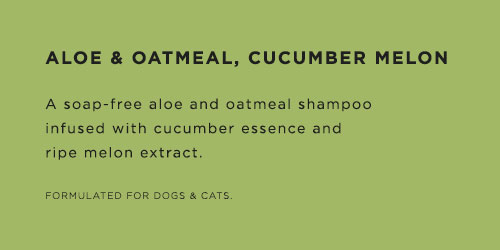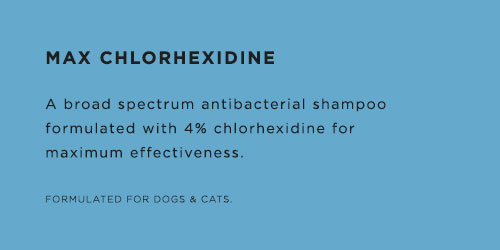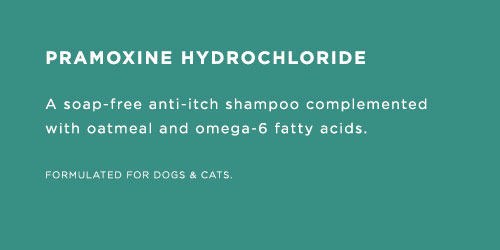Step one
Pick the right time.
Brush your dog's teeth when they are calm and relaxed. Your goal is to set a routine. Working up to brushing daily is ideal. But if their mouth is healthy, even three days a week can make a difference. Without brushing, plaque can build up, putting your dog at risk for bad breath, gum disease, and tooth decay. It can also cause painful infection. Severe infection can spread, causing life-threatening conditions.
Step two
Collect your tools.
You'll want to use a toothbrush made for dogs (pick one up at your next vet visit with us!). The bristles are softer and specially angled. Finger brushes can work well for dogs under 30 pounds. For larger dogs, longer handles can give you better reach. Be sure to use dog toothpaste, too. It comes in dog-friendly flavors like poultry or peanut butter. Never use human toothpaste; it contains ingredients that may hurt your dog's stomach.
Step three
Assume the position for optimal control.
Make sure you're in a spot where your dog is comfortable. Don't stand above your dog, hold them down, or take a threatening stance. Instead, try kneeling or sitting in front of or to the side of them. Gauge your dog's anxiety level. If they seem upset, stop, and try again later. You may need to work on mastering each of the following steps over time.
Step Four
Get them used to you touching their gums.
Test your dog's willingness to have you touch their mouth by rubbing your finger along their upper gums and teeth. This will help their get used to the feel of something against their teeth. Use light pressure. You may need to get their comfortable with this over a few sessions before moving on.
Step Five
Test toothpaste taste and texture.
Put some dog toothpaste on your fingertip. Let your dog lick the toothpaste from your fingertip so that they can get used to the texture and taste.
Step Six
Test toothbrush mouthfeel.
When pup is used to you opening and touching their mouth, start using the toothpaste and toothbrush together. Lift their upper lip.
Step Seven
End on a positive note.
When you're finished brushing your dog's teeth, reward them with their favorite treat or extra attention. Also remember that good dental care doesn't end with brushing. Certain chews and treats can also help you fight plaque buildup. Don't forget to schedule regular professional dental cleanings. Talk with your veterinarian about how often is right for your dog.





























